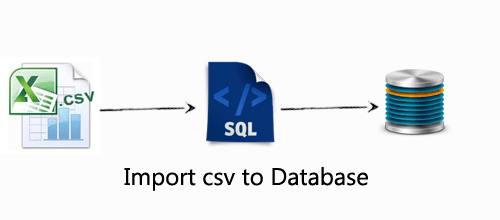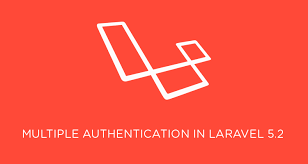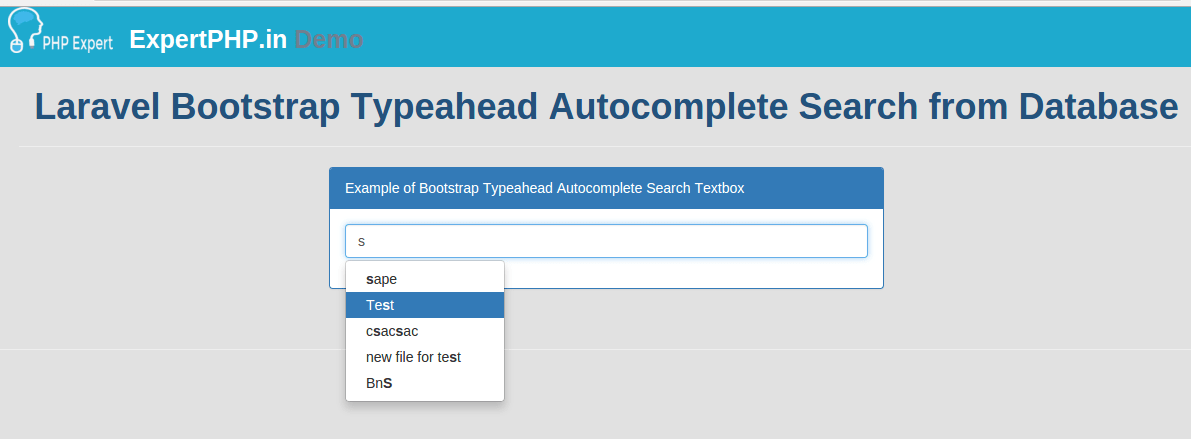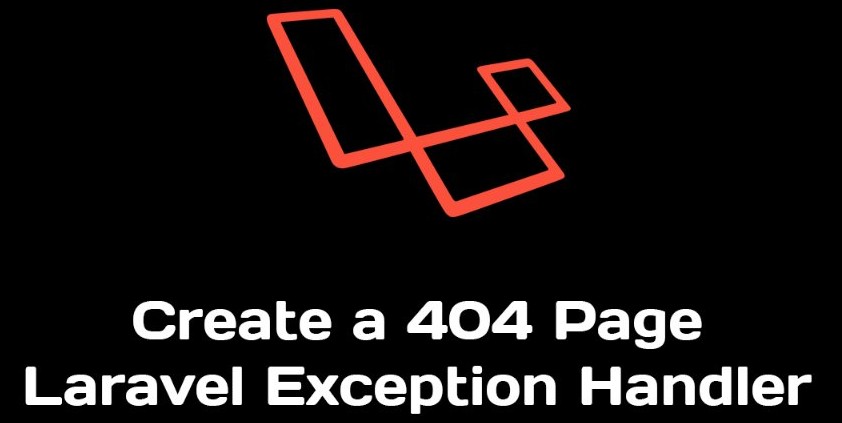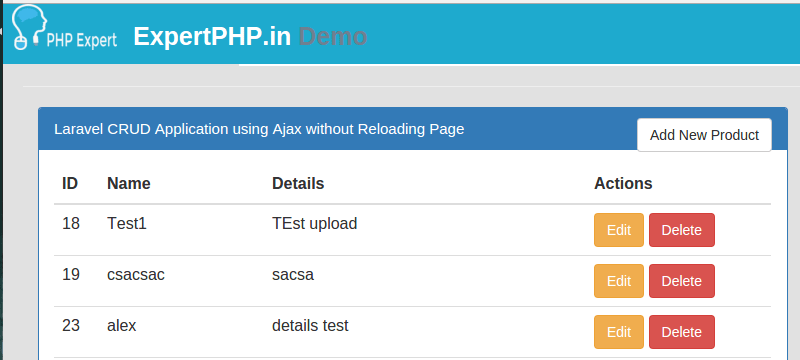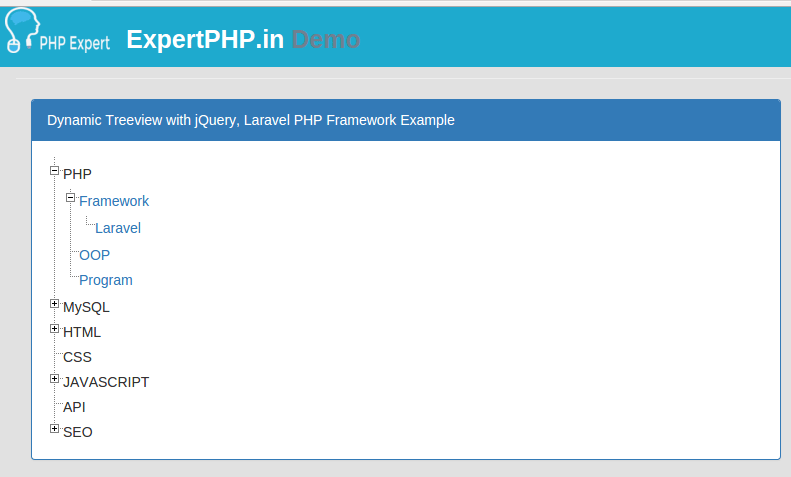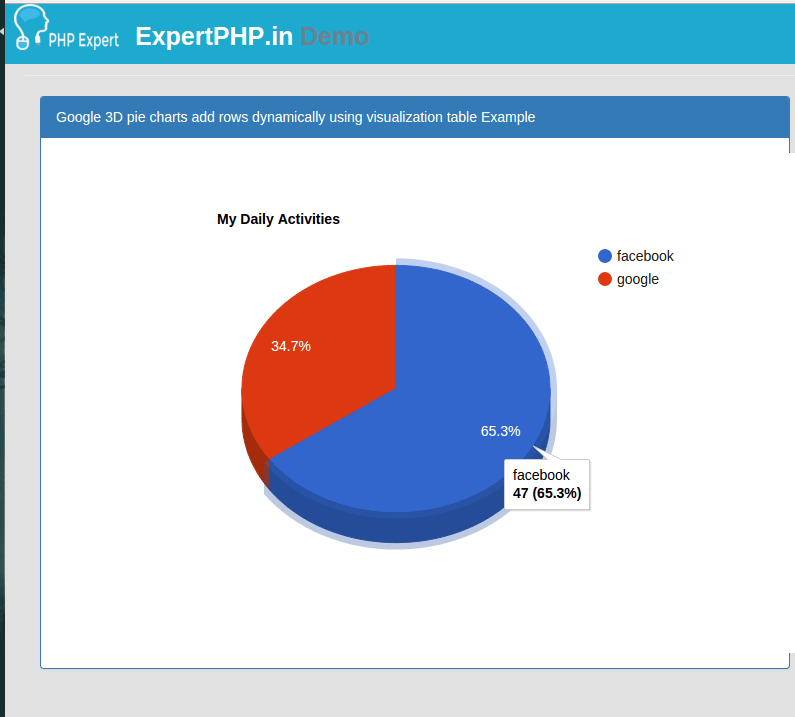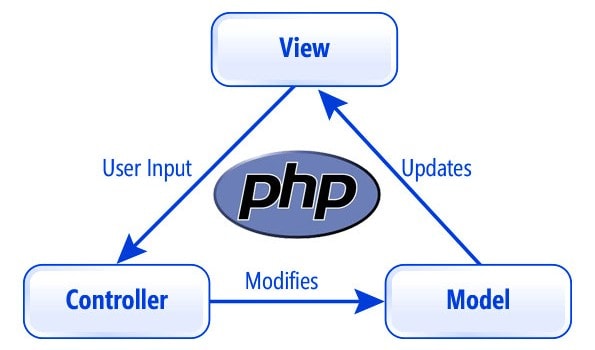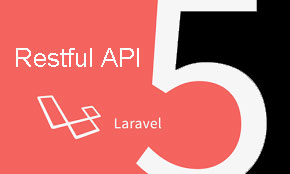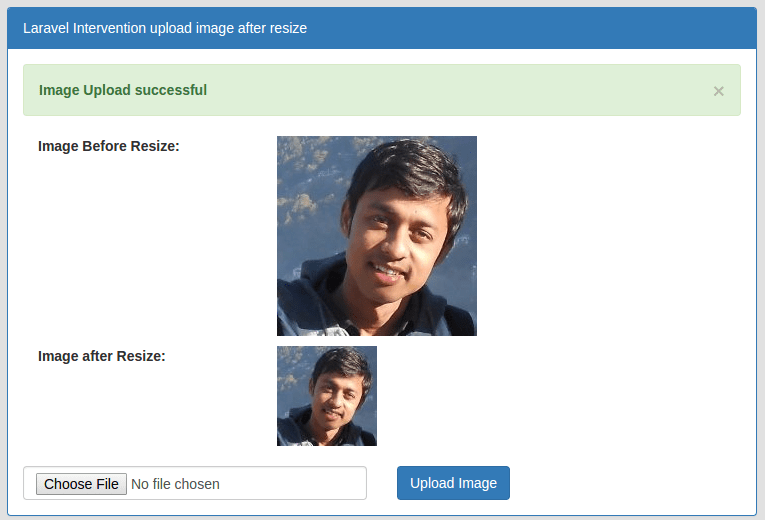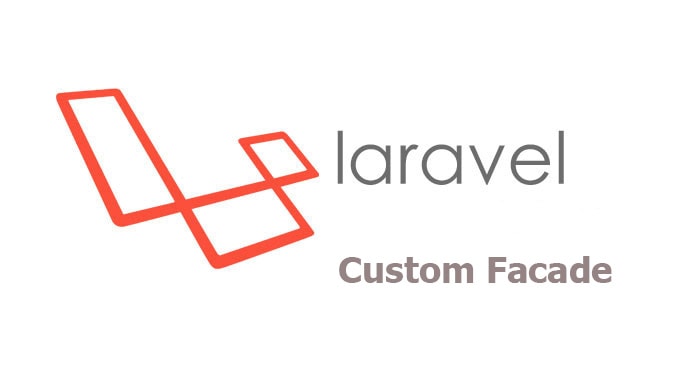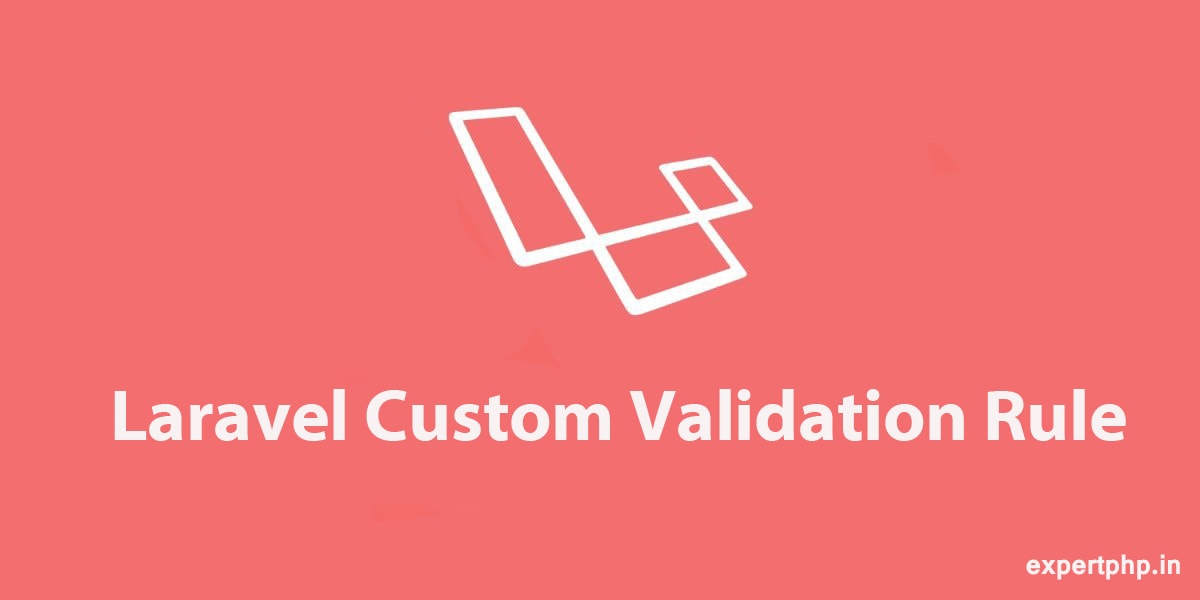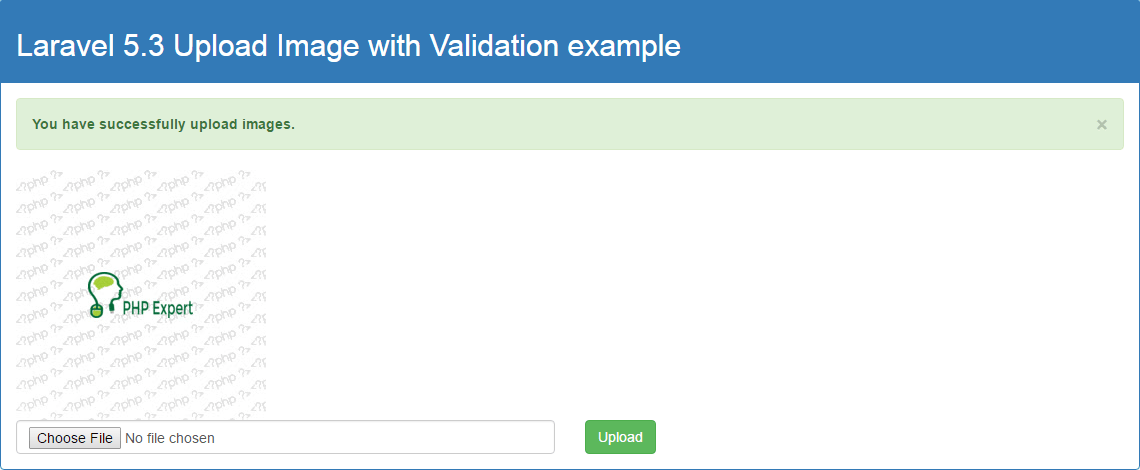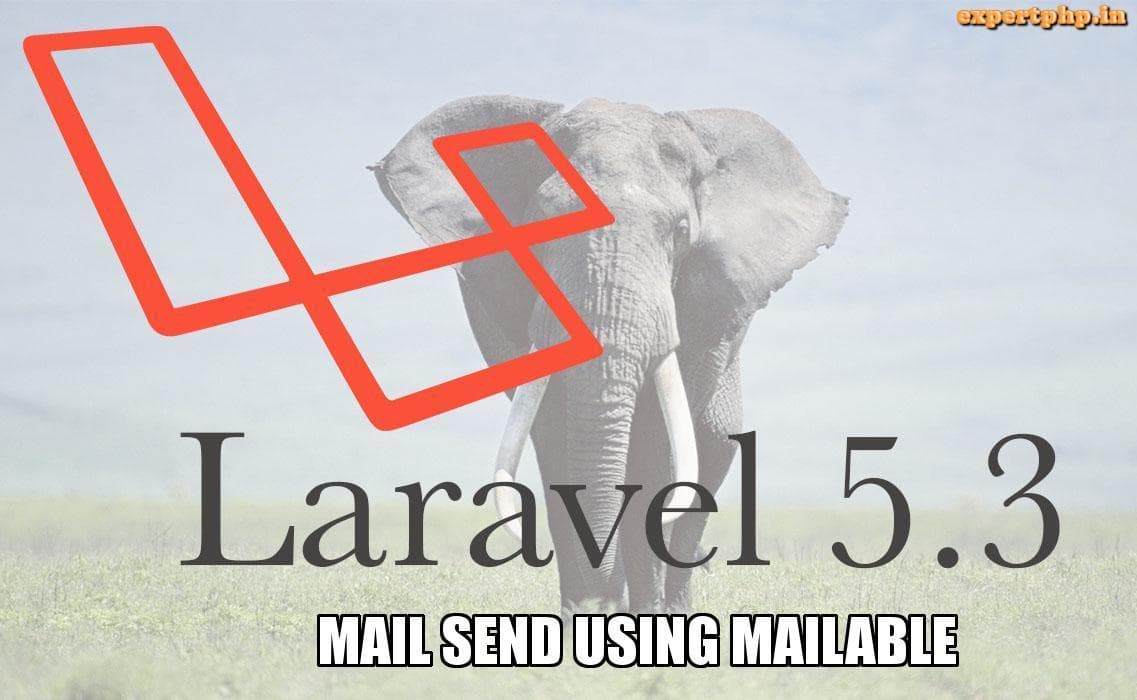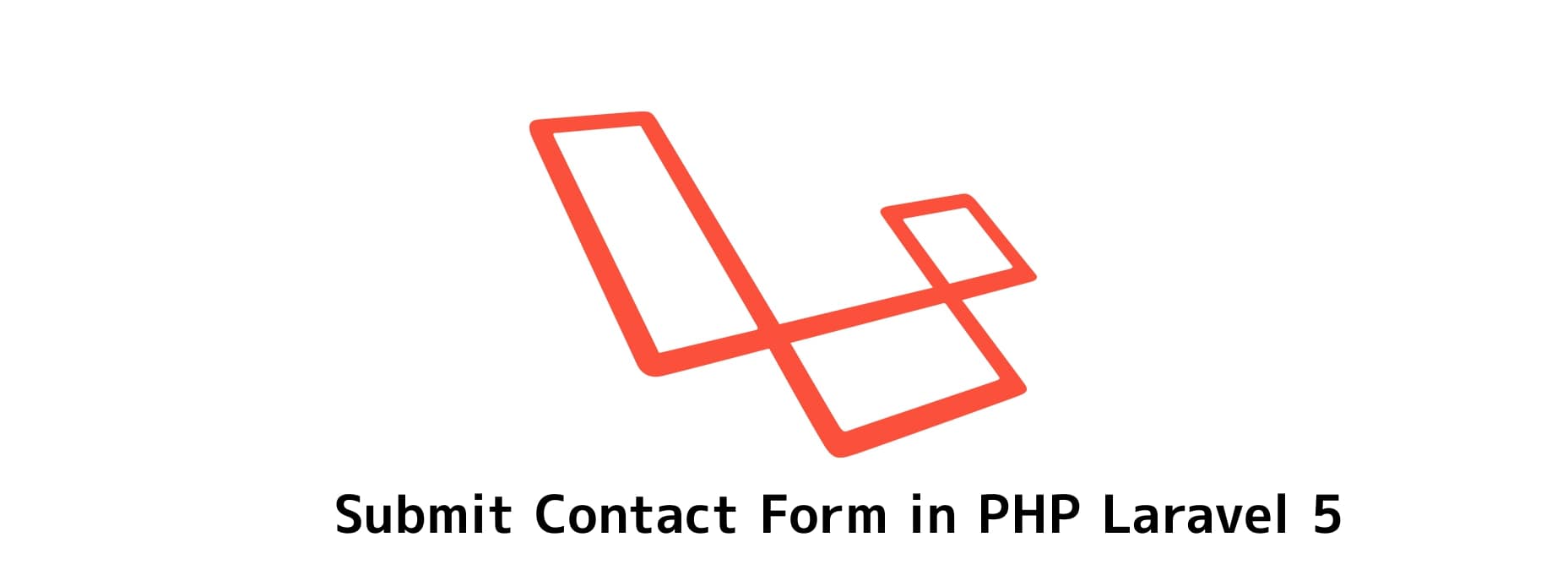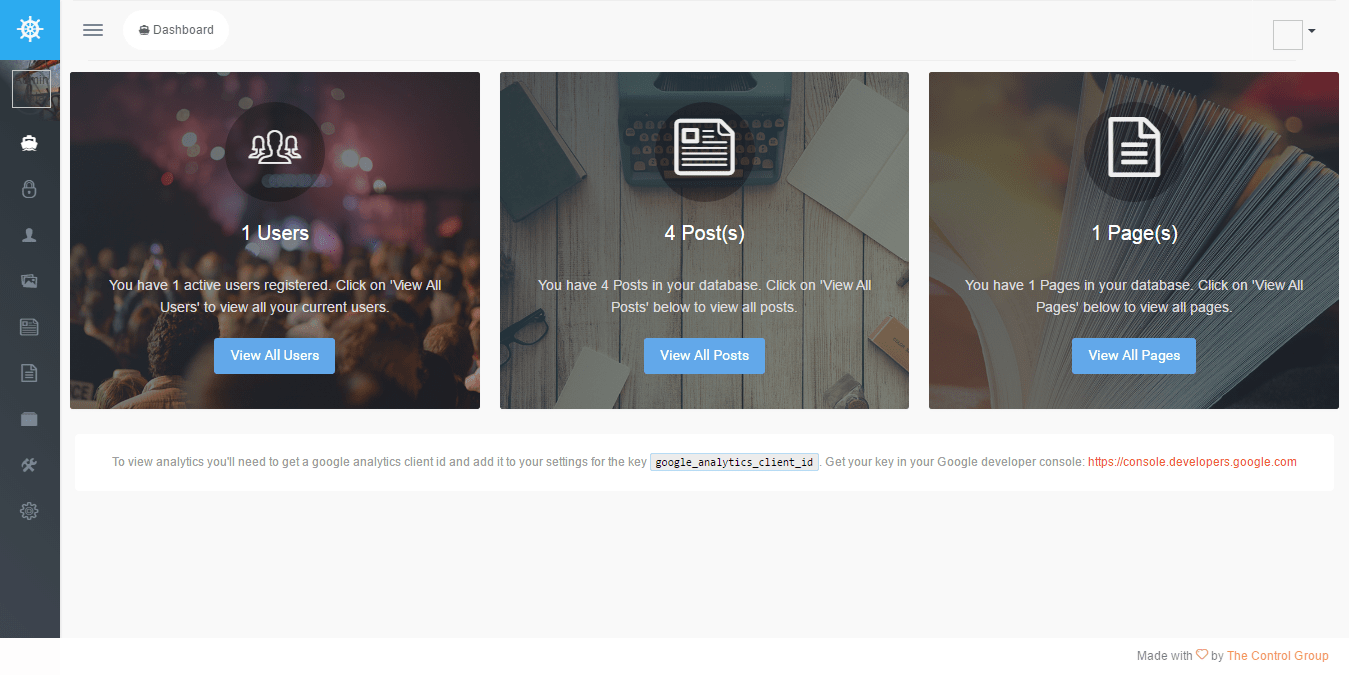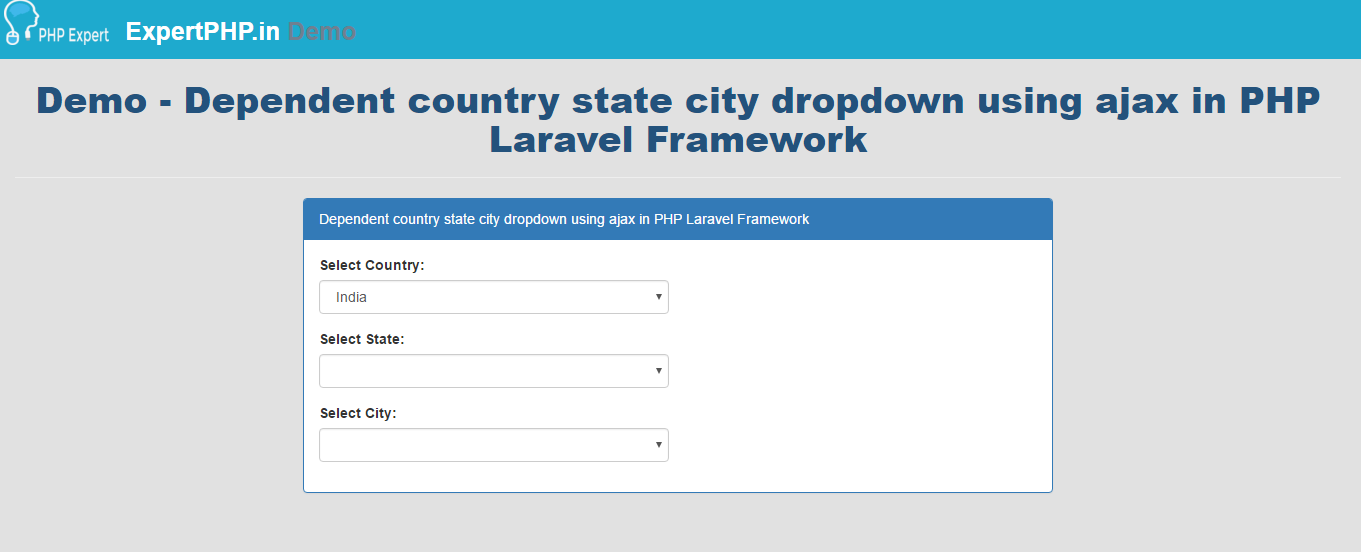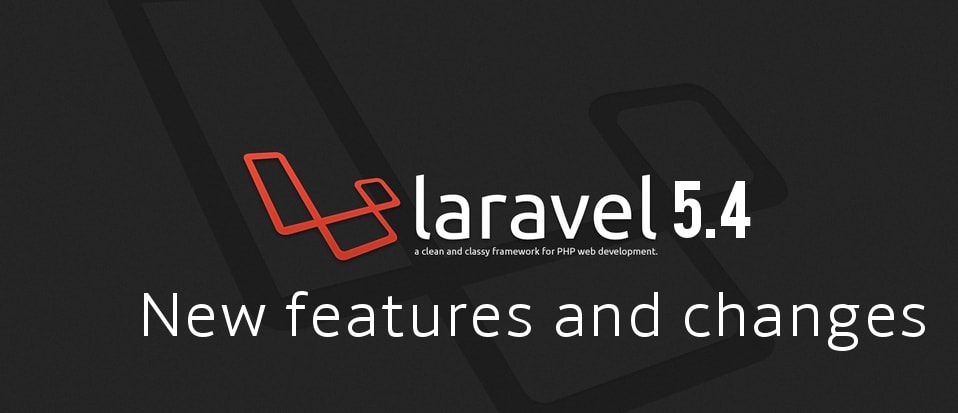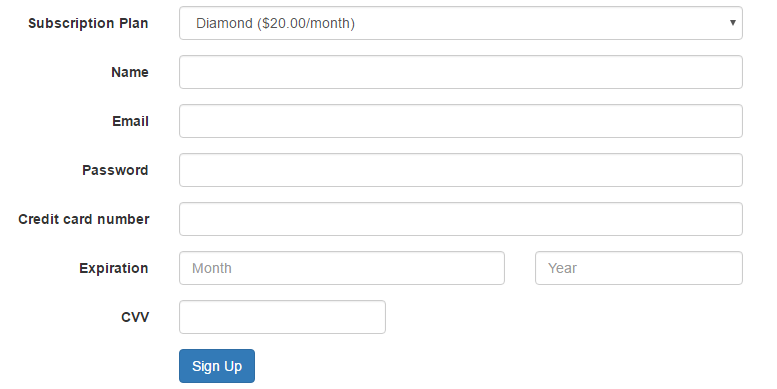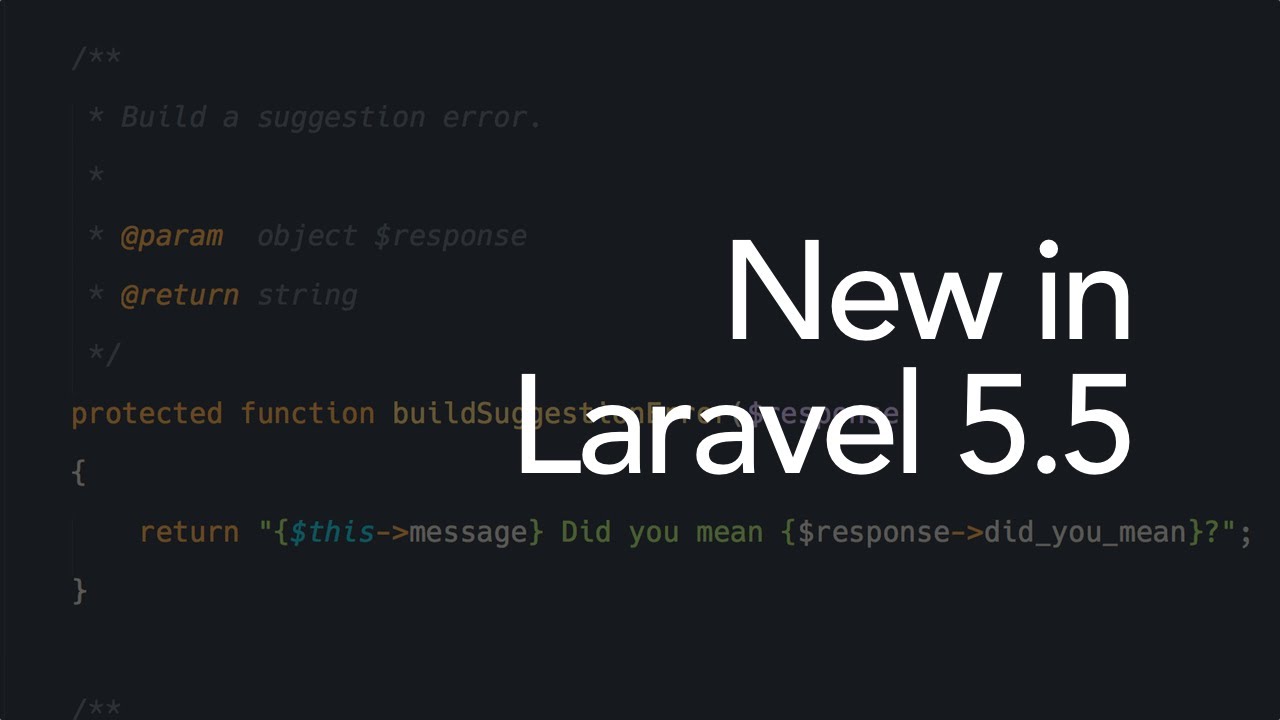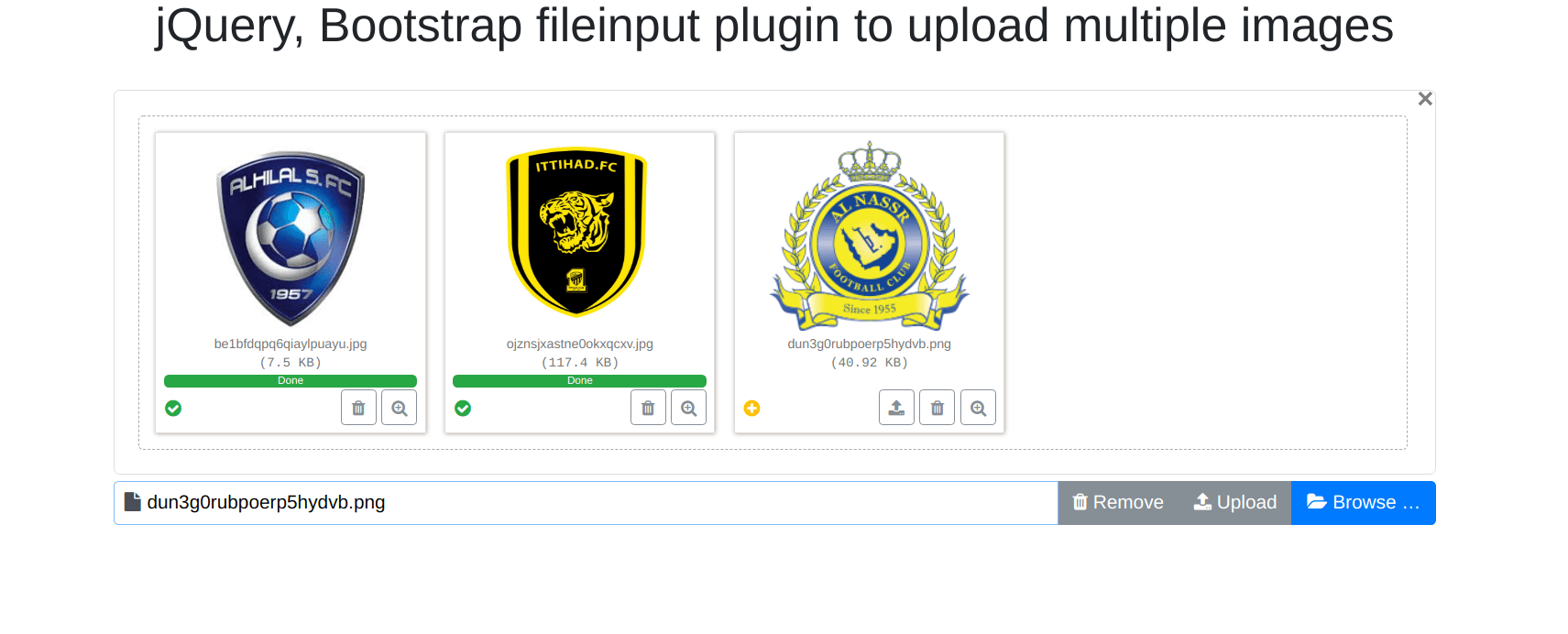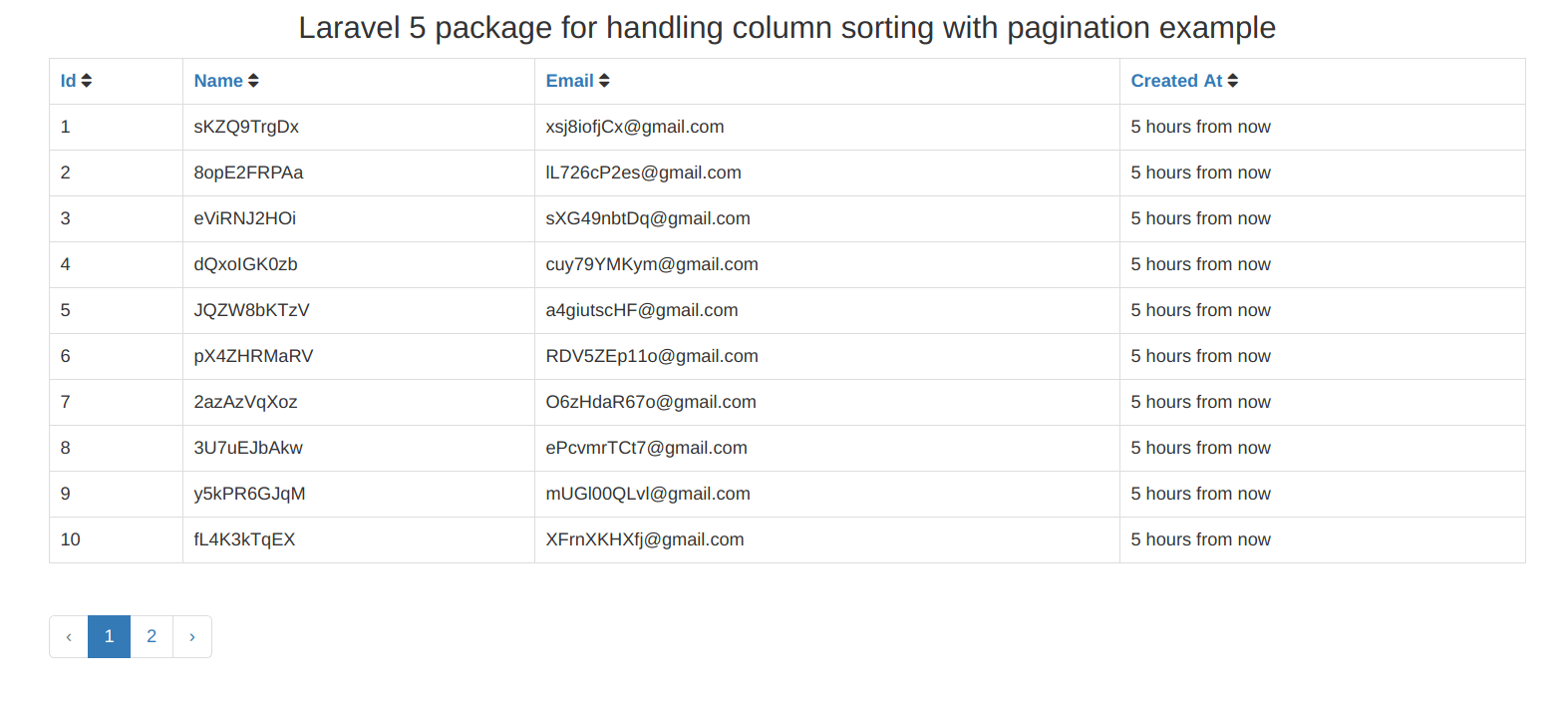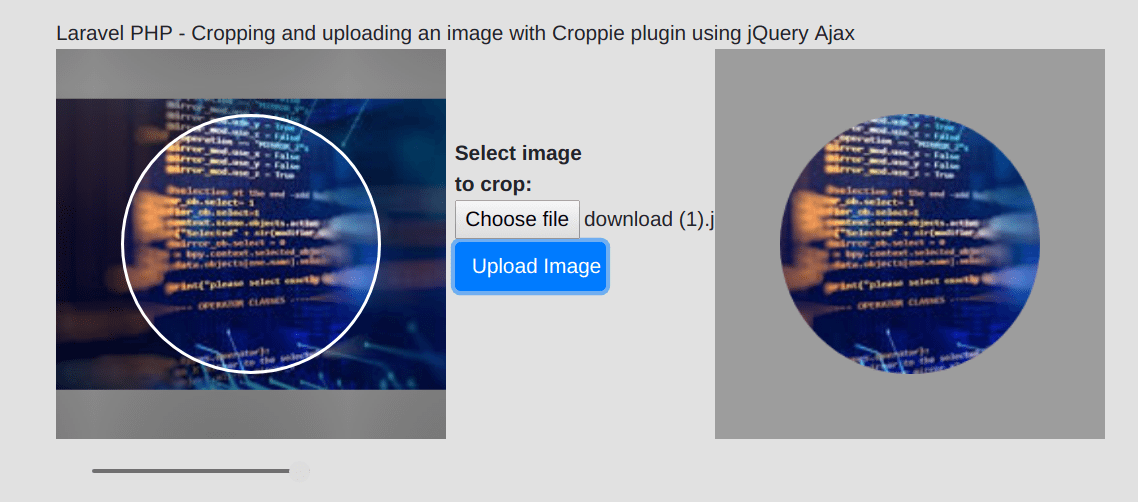How to integrate Mandrill mail server in Laravel
In this tutorial, i will tell you how to integrate Mandrill mail server in Laravel.
Its very essential part to send emails in web application. There are some reason why we send emails to our subsribers as notification, newsletters,marketing, adverts etc.
There are so many services available to provide an API for sending emails to users for engagement.
Mandrill is a reliable and secure email infrastructure service and it's very easy to integrate in Laravel application.
Driver PrerequisitesFirst you will have to install Guzzle HTTP library by running following command :
"guzzlehttp/guzzle": "~5.3|~6.0"
After Guzzle installation, you will have to set driver option in your config/mail.php.
For Mandrill Mail Server you must have API Key to use mandrill service.
If you do not have mandrill account then create first to get API key.
- <?php
- return array(
- /*
- |--------------------------------------------------------------------------
- | Mail Driver
- |--------------------------------------------------------------------------
- |
- | Laravel supports both SMTP and PHP's "mail" function as drivers for the
- | sending of e-mail. You may specify which one you're using throughout
- | your application here. By default, Laravel is setup for SMTP mail.
- |
- | Supported: "smtp", "mail", "sendmail", "mailgun", "mandrill", "log"
- |
- */
- 'driver' => 'mandrill',
- /*
- |--------------------------------------------------------------------------
- | SMTP Host Address
- |--------------------------------------------------------------------------
- |
- | Here you may provide the host address of the SMTP server used by your
- | applications. A default option is provided that is compatible with
- | the Mailgun mail service which will provide reliable deliveries.
- |
- */
- 'host' => 'smtp.mandrillapp.com',
- /*
- |--------------------------------------------------------------------------
- | SMTP Host Port
- |--------------------------------------------------------------------------
- |
- | This is the SMTP port used by your application to deliver e-mails to
- | users of the application. Like the host we have set this value to
- | stay compatible with the Mailgun e-mail application by default.
- |
- */
- 'port' => 587,
- /*
- |--------------------------------------------------------------------------
- | Global "From" Address
- |--------------------------------------------------------------------------
- |
- | You may wish for all e-mails sent by your application to be sent from
- | the same address. Here, you may specify a name and address that is
- | used globally for all e-mails that are sent by your application.
- |
- */
- 'from' => array('address' => 'from_email_address', 'name' => 'from_name'),
- /*
- |--------------------------------------------------------------------------
- | E-Mail Encryption Protocol
- |--------------------------------------------------------------------------
- |
- | Here you may specify the encryption protocol that should be used when
- | the application send e-mail messages. A sensible default using the
- | transport layer security protocol should provide great security.
- |
- */
- 'encryption' => 'tls',
- /*
- |--------------------------------------------------------------------------
- | SMTP Server Username
- |--------------------------------------------------------------------------
- |
- | If your SMTP server requires a username for authentication, you should
- | set it here. This will get used to authenticate with your server on
- | connection. You may also set the "password" value below this one.
- |
- */
- 'username' => 'mandrill_login_email',
- /*
- |--------------------------------------------------------------------------
- | SMTP Server Password
- |--------------------------------------------------------------------------
- |
- | Here you may set the password required by your SMTP server to send out
- | messages from your application. This will be given to the server on
- | connection so that the application will be able to send messages.
- |
- */
- 'password' => 'mandrill_password',
- /*
- |--------------------------------------------------------------------------
- | Sendmail System Path
- |--------------------------------------------------------------------------
- |
- | When using the "sendmail" driver to send e-mails, we will need to know
- | the path to where Sendmail lives on this server. A default path has
- | been provided here, which will work well on most of your systems.
- |
- */
- 'sendmail' => '/usr/sbin/sendmail -bs',
- /*
- |--------------------------------------------------------------------------
- | Mail "Pretend"
- |--------------------------------------------------------------------------
- |
- | When this option is enabled, e-mail will not actually be sent over the
- | web and will instead be written to your application's logs files so
- | you may inspect the message. This is great for local development.
- |
- */
- 'pretend' => false,
- );
Now set your api key in config/services.php
'mandrill' => [
'secret' => 'your-mandrill-key',
],
For testing, you can paste below line of code in your routes.php and check if you are able to send emails or not.
- \Mail::send('welcome', [], function ($message){
- $message->to('recipient_email_address')->subject('Expertphp.in - Testing mail');
- });



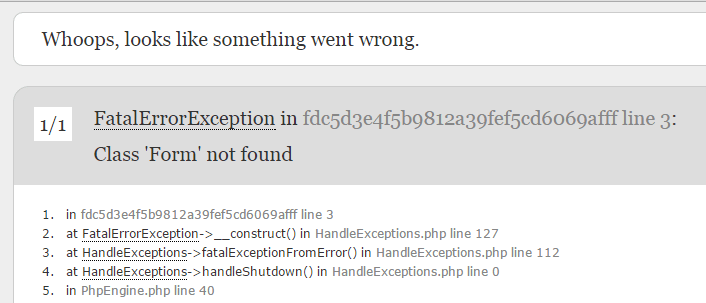
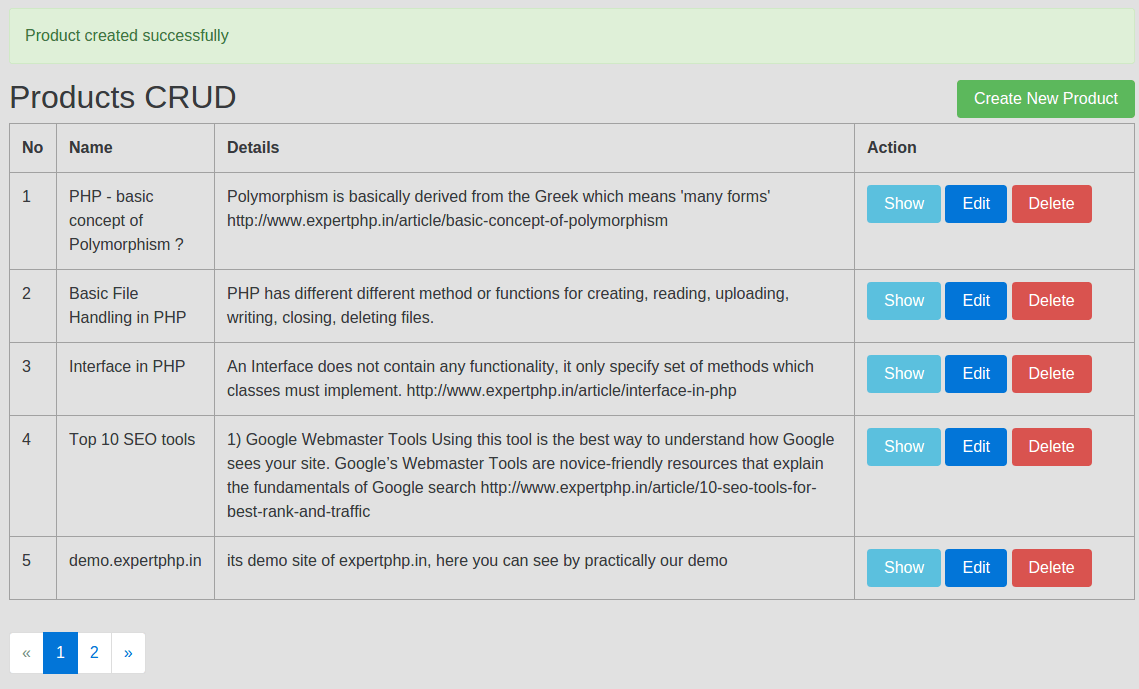
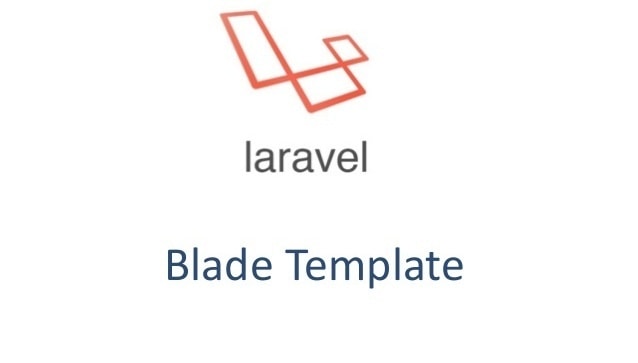


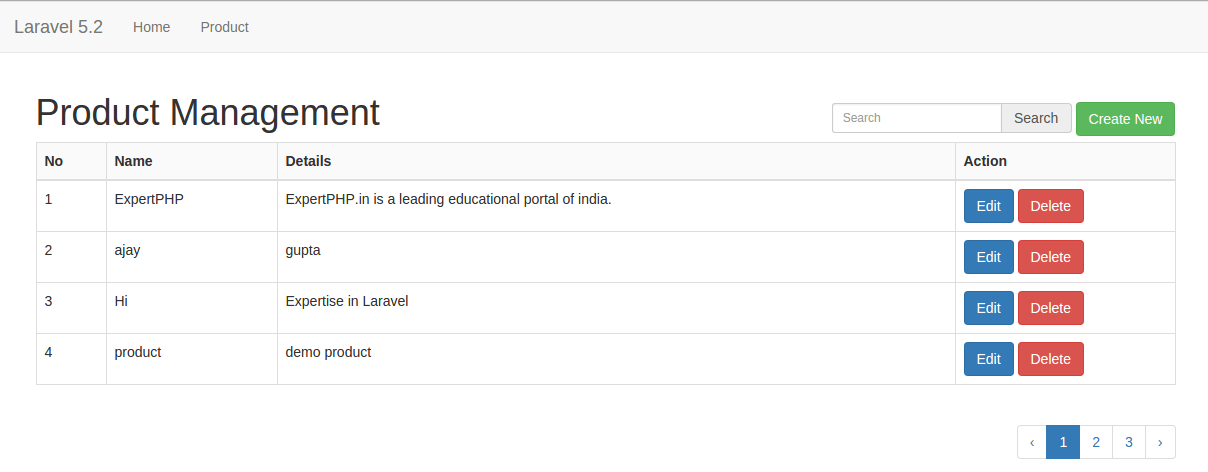
.jpg)


